We all enjoy hot water in our daily lives and that doesn’t have to change when we go camping. That’s why recreation vehicles (RVs) come equipped with water heaters. If you have to upgrade or replace your unit, choosing a water heater for your RV can be a little daunting but it doesn’t always have to be.
Why Replace an RV Water Heater?
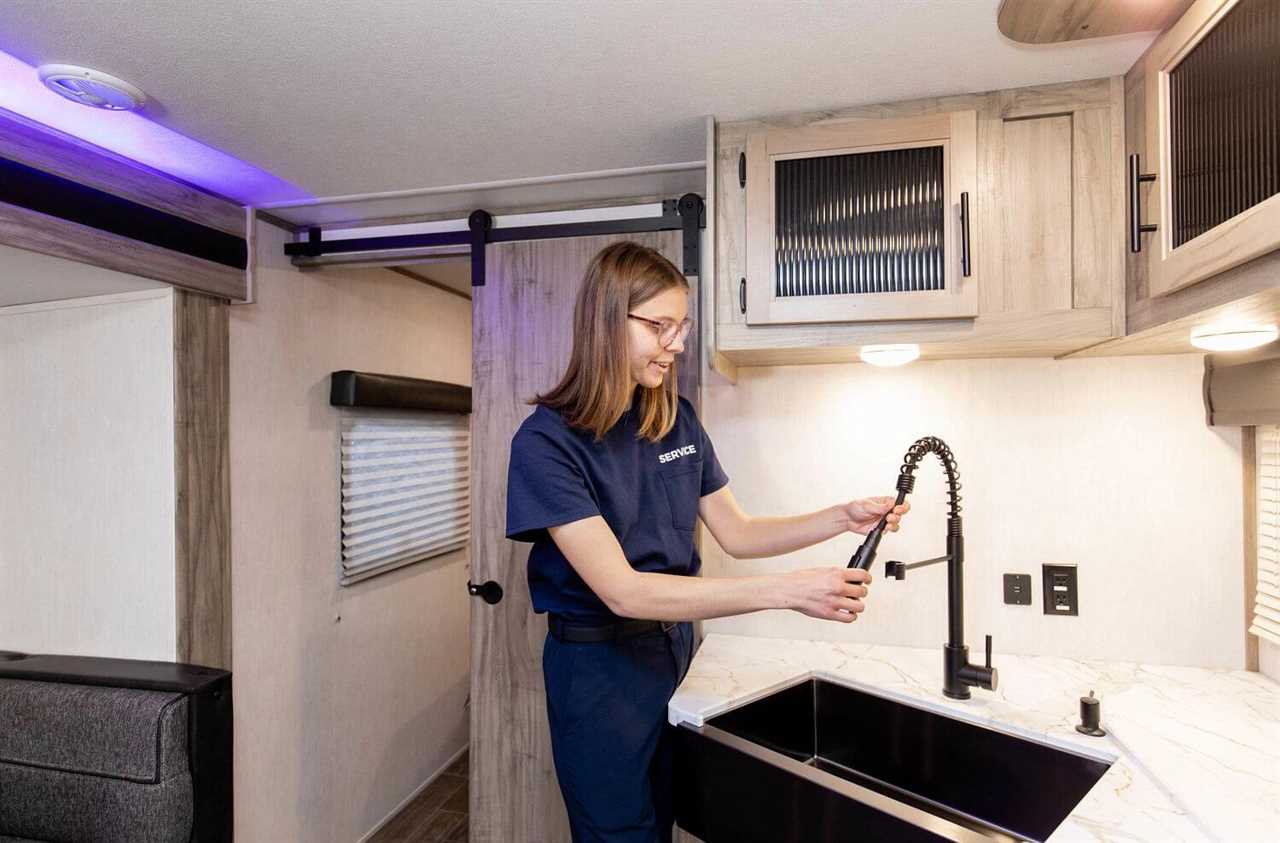
Photo by Camping World
If you keep your RV long enough, the day will come when you decide to replace or upgrade your water heater. It might just be that your heater went bad after more than a decade of use. Or maybe the water heater tank froze, expanded, and cracked because you didn’t winterize your RV properly.
Maybe you just want a newer, bigger, better model. Or maybe you can’t find the right parts and accessories for a simple fix so you’re forced to replace the entire unit. Whatever the reason, it’s good to know what types of water heaters are on the market and how to pick the right one for your RV.
A Primer on RV Water Heaters
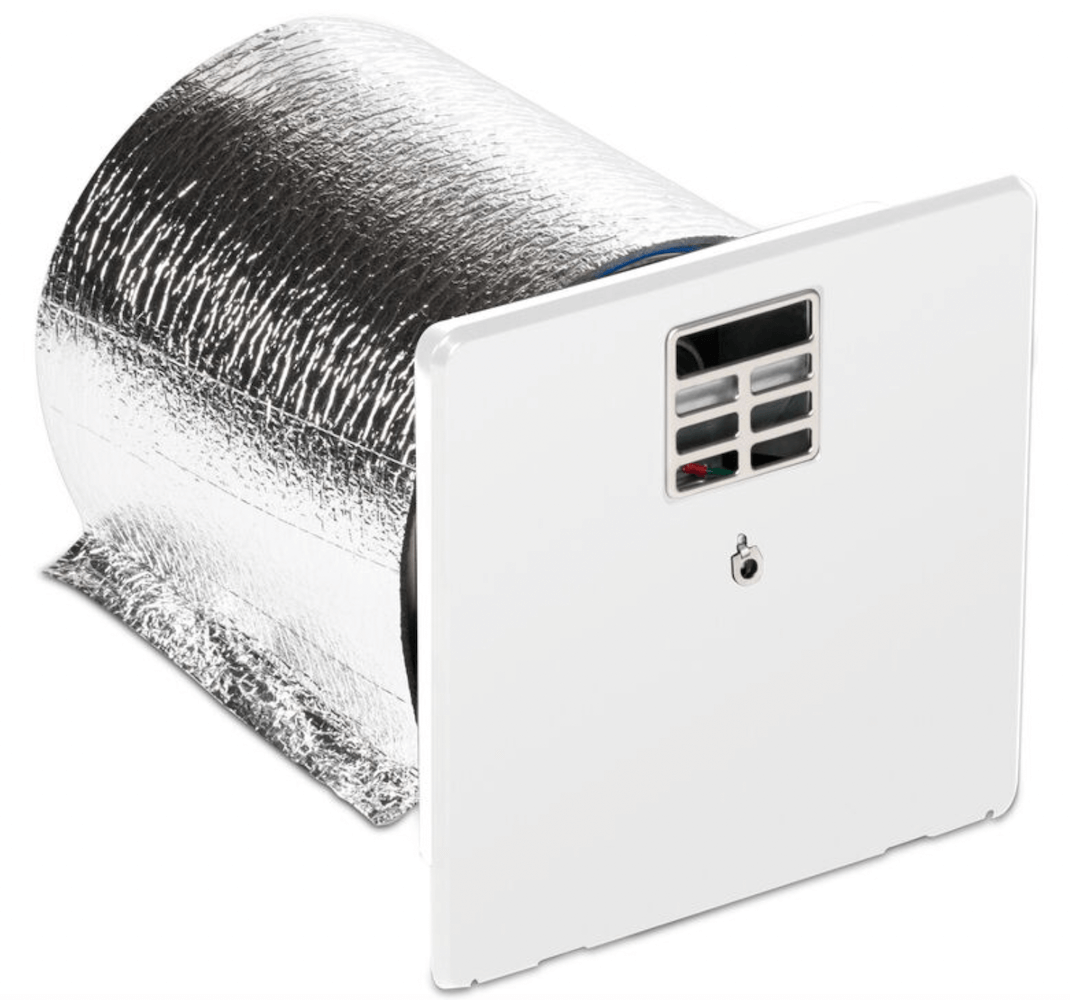
Photo by Camping World
If you don’t have any experience using RV water heaters, the first thing to know is that you won’t be able to take those long hot showers you’re accustomed to at home. The majority of models have six or 10-gallon hot water tanks. A bigger tank is typically preferable for family camping.
This also means being frugal when washing dishes. The good news is that new technology for RV water heaters provides advanced designs that increase the amount of hot water they can produce, so you can enjoy slightly longer showers and have plenty of hot water for dishes.
Some of the most popular camper water heater manufacturers include Dometic (formerly known as Atwood), Suburban, and EccoTemp. They all offer reputable products with benefits for the consumer. The main differences will lie in the construction/size of the storage tank and the method of ignition.
The Different Types of RV Water Heaters
Modern RVs are manufactured with different types of water heaters. Each type has its own features and benefits.
Propane-Only Water Heaters (LP)
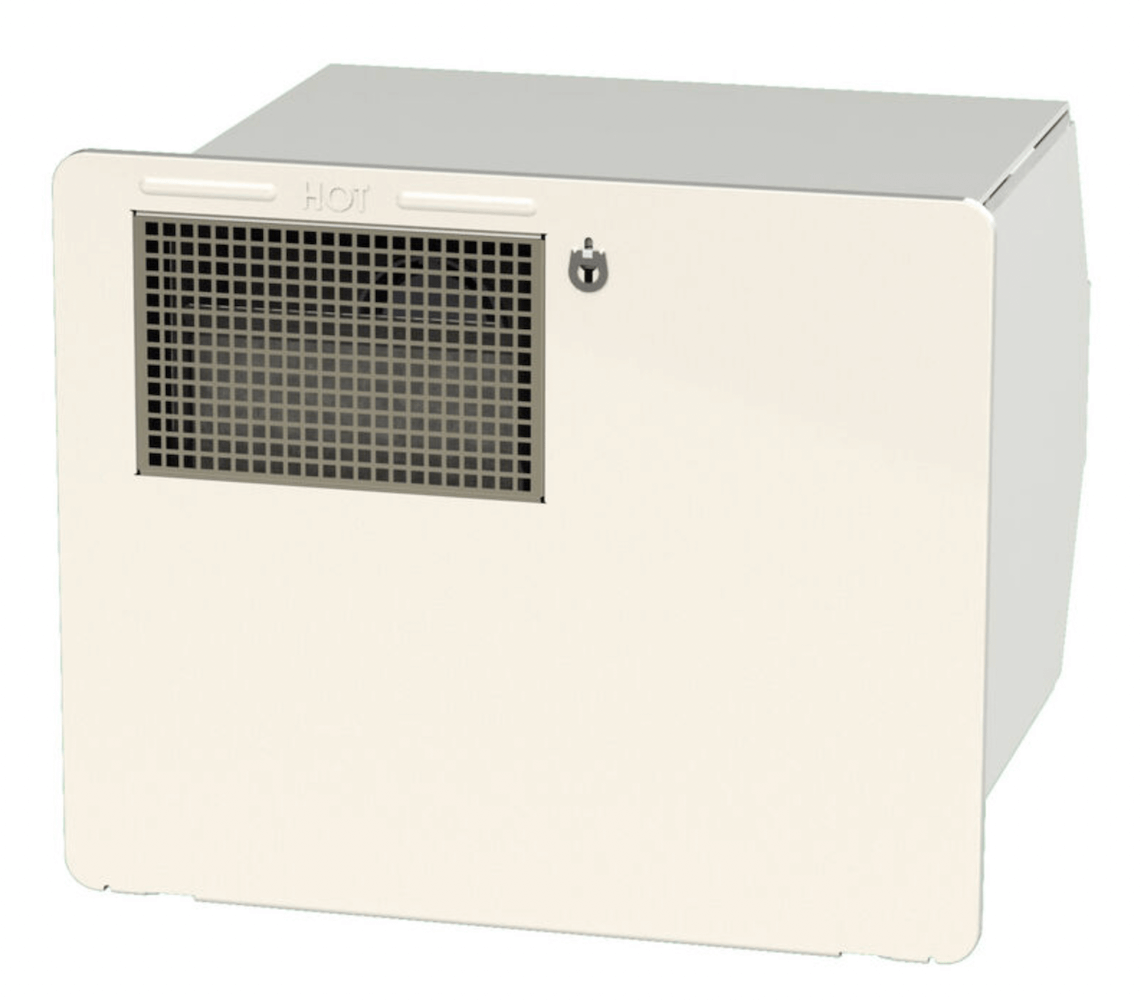
Photo by Camping World
The most basic type of RV water heater works on liquid propane (LP) gas. Older models required you to manually light the pilot using a long match or striker. Newer models typically come with direct spark ignition (DSI). Rather than requiring manual lighting, a switch inside your RV lights it automatically, so long as your LP gas supply is turned on and you have enough gas in your cylinder or LP tank.
Gas water heaters tend to be the most affordable replacements. They also have fewer electrical components than more advanced designs, making troubleshooting easier. Their tank capacities and recovery times — how much hot water they can produce per hour — vary depending on the make and model.
Check out this gas-only Dometic water heater.
Gas + Electric Water Heaters
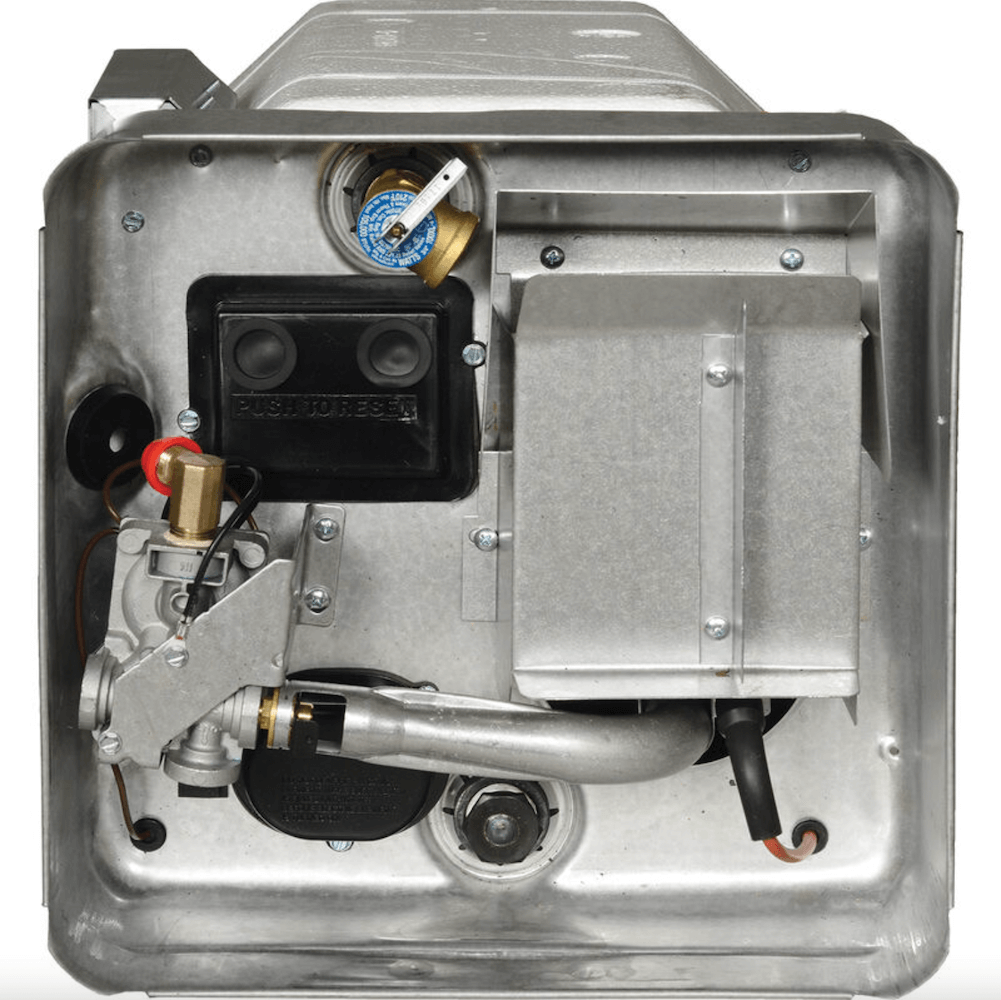
Photo by Camping World
This is the most common unit found in newer RVs. These models can run off LP gas or 120-volt electricity, which makes them more versatile than gas-only designs. If you’re plugged into electricity and want to conserve propane, you can utilize electricity to heat your water. But when you’re boondocking without an electrical power source, you can still heat water using your RV’s LP gas supply.
Sometimes known as combination water heaters, these units used to be available with both manual ignition and direct spark ignition (DSI). Today, most models incorporate the latter for added convenience. These water heaters typically have more BTUs to heat water faster, recover quicker, and produce more hot water per hour.
Note: Using the electric mode may limit the amount of electricity you have to run other 120-volt devices and appliances.
Check out this Dometic gas/electric water heater.
Tankless RV Water Heaters
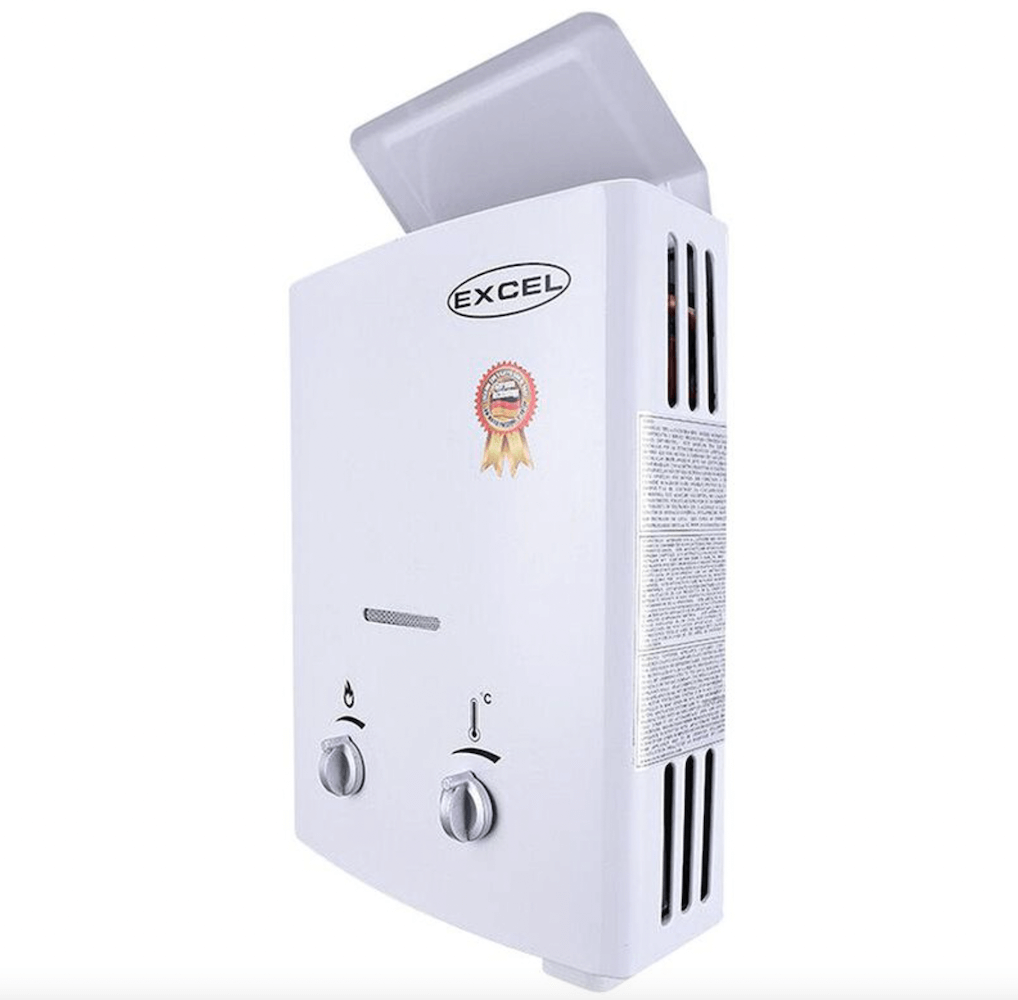
Photo by Camping World
Tankless water heaters, also known as on-demand water heaters, are the most energy-efficient models on the market right now. This is because the LP gas-fired heat exchanger only heats the water when there is a demand.
Plus, they can deliver continuous and nearly endless access to hot water, so long as you have water in your freshwater tank or you’re connected to a water source. It’s the closest you can get to a residential or commercial water heater. You don’t have to worry about manual ignition or DSI. You open the hot water faucet and mix in the cold to get the desired temperature.
Learn more about this Girard tankless water heater.
Because of their added features and convenience, tankless water heaters tend to be the most expensive of these three types. They require more complex maintenance than the other designs and are more sensitive to lower water pressures, which is why many employ a pressure regulator along with this heater style.
Check out this Excel Vent-Free tankless water heater.
Portable Heat Pump Water Heaters
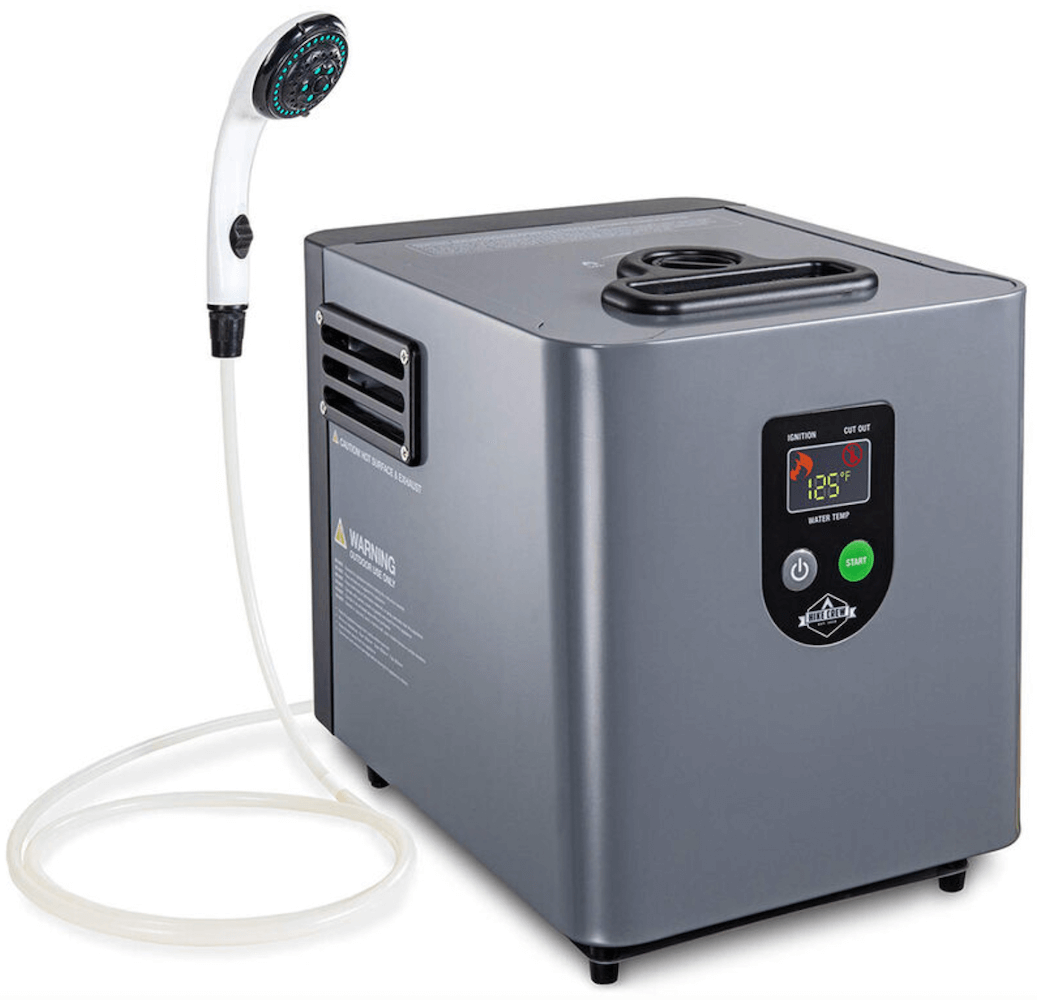
Photo by Camping World
Due to the popularity of small campers and camper vans these days, several manufacturers have come out with portable water heaters. They are designed for outdoor use and are typically fueled by propane or an electrical component — some models have both.
They also include a pump element to supply water pressure to a connected hose. They’re ideal for RVs that don’t have their own built-in water heating element, and they’re relatively inexpensive. But you’ll need to have the storage space inside your RV to keep it safe between uses.
See the specs for this Eccotemp portable tankless water heater.
Tips for Maintaining Your RV Water Heater
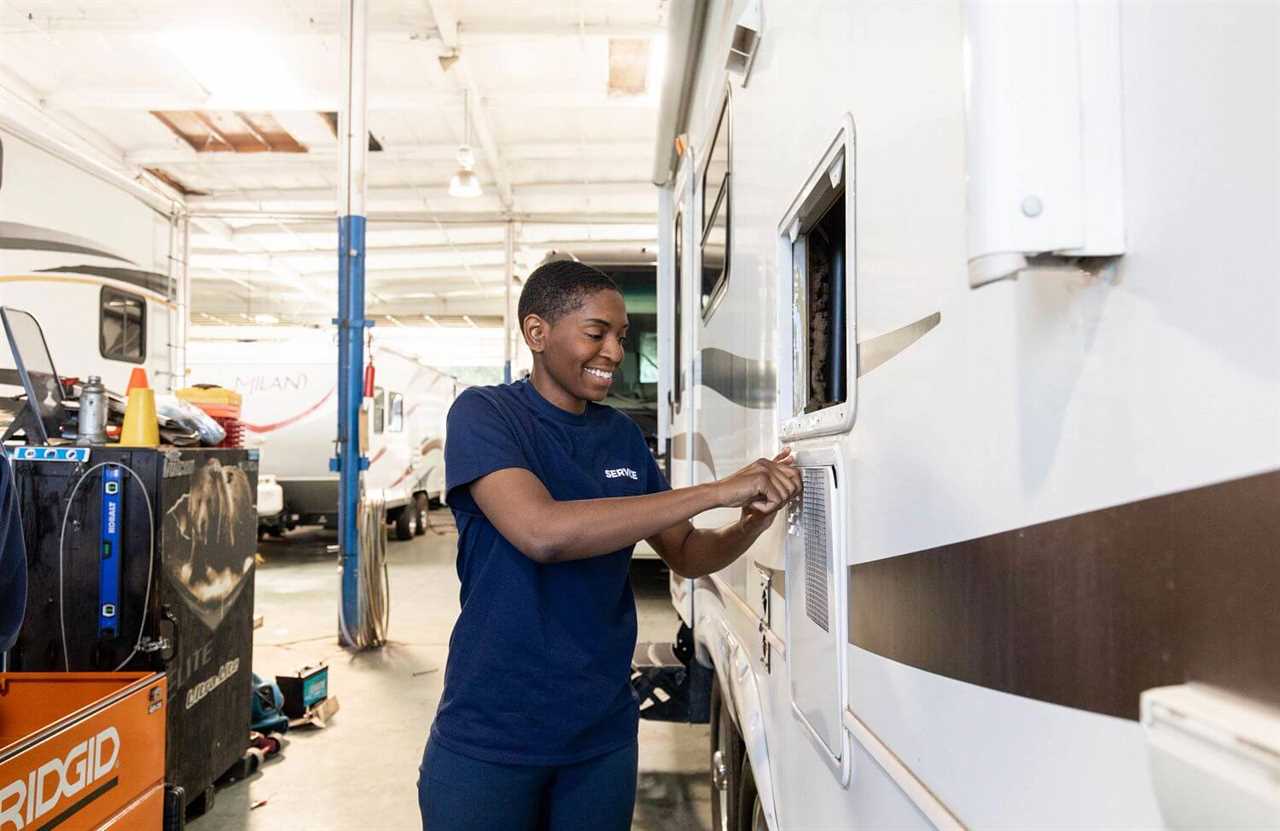
Photo by Camping World
Regardless of which type you choose, following these tips will help you get the most out of your RV water heater:
- Use an RV water filter. This minimizes the potentially corrosive chemicals and particles that enter your RV’s water system. Learn more about sanitizing your RV’s freshwater system.
- Inspect your anode rod regularly. Not all models come with an anode rod, but it’s an important component for corrosion and build-up prevention in those that do. Inspect it regularly according to your heater’s owner’s manual.
- Adjust it to your desired temperature. Your owner’s manual will have specific instructions, but you can adjust your water heater to heat to your desired temperature.
- Drain your hot water tank in the winter. While winterizing your RV, drain your hot water tank completely to avoid damage from leftover water freezing and expanding.
- Inspect the heater tube when de-winterizing your RV. When your RV has been in storage, insects and small critters can build nests in your heater tube. Inspect and clean it out if necessary before firing up your heater for a new camping season.
Most of these water heaters can be installed in existing water heater openings with minimal modification. However, you should still talk to the service folks at your local Camping World SuperCenter store about replacing your existing water heater with an upgraded model to ensure you find a compatible unit and install it properly.
Do you have any other questions about RV water heaters? Leave a comment below!
By: Tucker Ballister
Title: How to Choose an RV Water Heater
Sourced From: blog.campingworld.com/rv-basics/maintenance/how-to-choose-a-water-heater-for-your-rv/
Published Date: Tue, 04 Oct 2022 14:00:03 +0000
---------------------------------------------
 CampingSurvivalistHuntingFishingExploringHikingPrivacy PolicyTerms And Conditions
CampingSurvivalistHuntingFishingExploringHikingPrivacy PolicyTerms And Conditions
